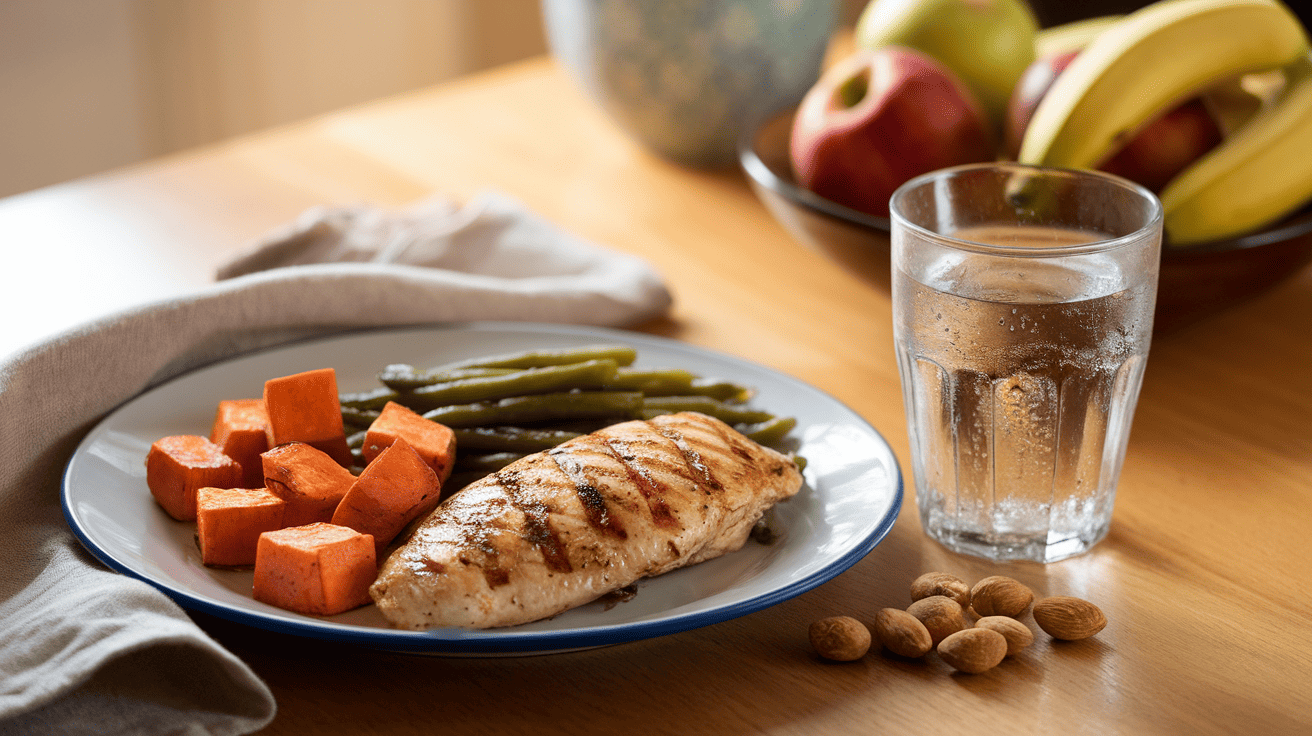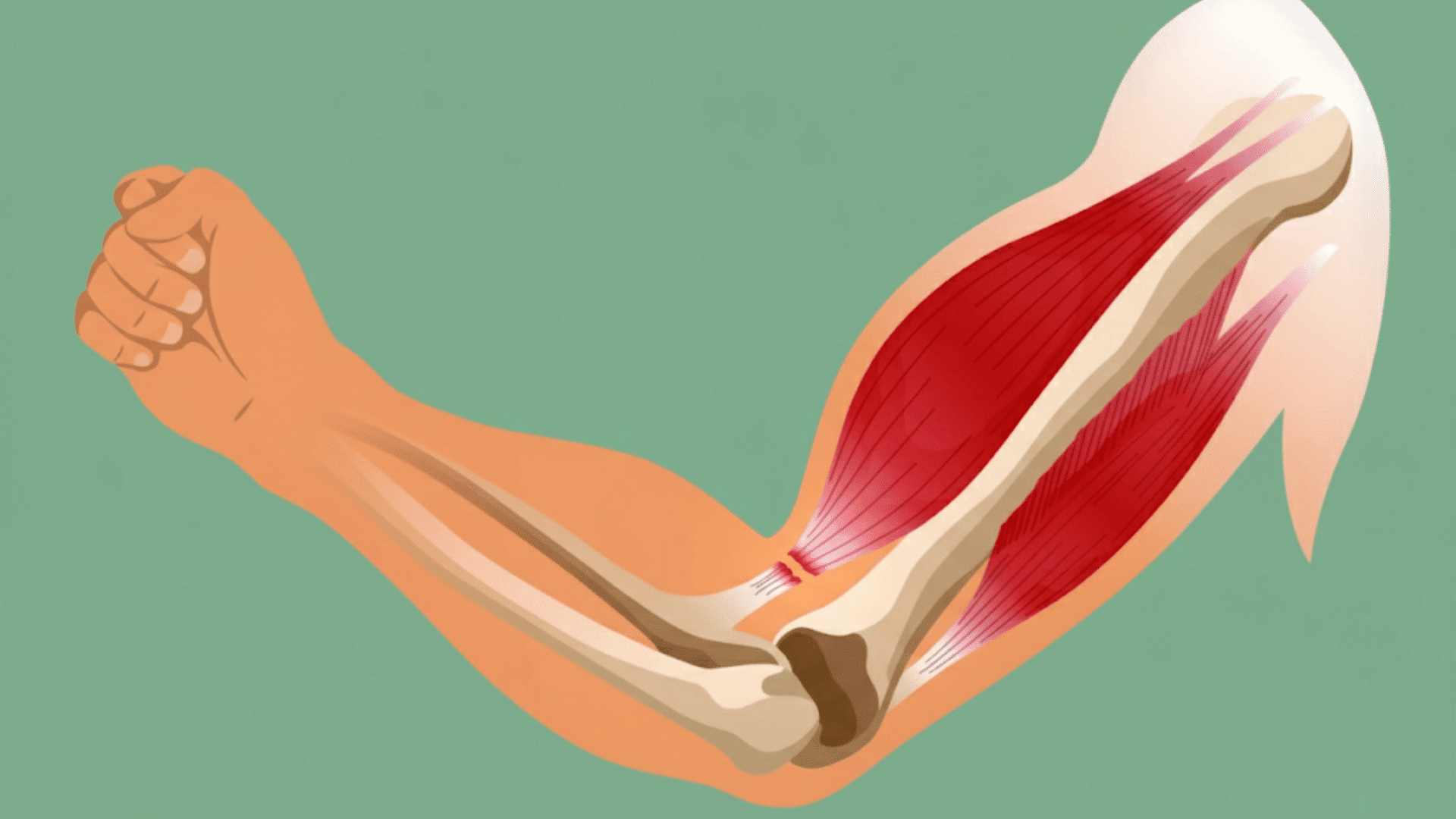Are you struggling to lose belly fat despite trying multiple diets and exercise routines?
This frustrating battle against midsection weight seems impossible to win with traditional approaches.
Intermittent fasting offers a proven solution for targeting belly fat effectively. This eating approach works by changing when you eat rather than what you eat, making it simpler to follow than restrictive diets.
Research indicates that specific fasting windows can be particularly effective in reducing waist circumference and enhancing overall health.
The best intermittent fasting window to lose belly fat depends on your schedule, lifestyle, and personal preferences.
Some people see faster results with longer fasting periods, while others do better with shorter windows. The key is finding an approach you can maintain consistently for long-term success.
What Is Intermittent Fasting?
Intermittent fasting is an eating pattern that cycles between periods of eating and fasting. Unlike traditional diets that focus on what to eat, intermittent fasting focuses on when to eat.
You eat all your daily calories within a specific time window and fast for the remaining hours.
This approach works by changing how your body produces energy. When you eat regularly throughout the day, your body uses glucose from food as its primary source of energy.
However, when you fast for extended periods, your body undergoes metabolic switching.
After 12-16 hours without food, your body depletes its glucose stores. It then begins breaking down stored fat into ketones for energy.
This fat-burning state is what makes intermittent fasting an effective approach for weight loss, particularly for reducing belly fat. The longer you maintain the fasting window, the more time your body spends in this fat-burning mode.
Benefits of Intermittent Fasting
Intermittent fasting offers several health benefits beyond weight loss. Research shows that this eating pattern can improve various aspects of your health.
1. Weight Loss and Fat Reduction: Intermittent fasting helps create a natural calorie deficit. The metabolic switching process targets stored fat, particularly around the belly area.
2. Improved Insulin Sensitivity and Blood Sugar Control: Fasting periods help your body become more sensitive to insulin.
Studies have shown that it can lower blood sugar levels and reduce insulin resistance. People with prediabetes may see significant improvements in their glucose control.
3. Better Heart Health and Reduced Inflammation: Animal studies suggest intermittent fasting may support brain health by improving memory and focus while triggering cellular cleanup processes.
Fasting promotes autophagy, a process in which cells remove damaged components, potentially slowing down aging and reducing disease risk.
4. Enhanced Brain Function and Cellular Health: Fasting may support brain health and improve memory and focus. It also triggers autophagy, a process by which your cells clean out damaged components. This cellular cleanup may help slow aging and reduce disease risk.
5. Improved Energy and Simplified Eating: Many people report better sleep quality and more stable energy levels.
The time restrictions make eating simpler than traditional diets since you don’t need to count calories or avoid specific foods.
Best Intermittent Fasting Windows to Lose Belly Fat
To get started with intermittent fasting, choose the right eating window. Here are the three most effective options for beginners.
1. The 16:8 Method
The 16:8 method is the most popular intermittent fasting approach. It balances effectiveness with practicality. Most people can stick to this schedule long-term.
You typically skip breakfast and eat lunch and dinner. This fits well with work and social schedules. The 8-hour eating window gives you flexibility.
Research has shown promising results with the 16:8 method. People often lose weight and improve their health markers. The method is suitable for most adults and effective for reducing belly fat.
Common mistake to avoid: Overeating during the first meal after breaking your fast, which can lead to digestive discomfort and consuming too many calories.
2. The 5:2 Method
The 5:2 method involves eating normally for five days each week. On the other two days, you limit calories to about 500-600. These fasting days should not be consecutive.
This approach allows more flexibility than daily fasting windows. You can choose which days work best for your schedule. Many people pick weekdays when they’re busy at work.
On fasting days, focus on a balanced diet that includes protein and vegetables. This helps manage hunger while keeping calories low. The non-consecutive days make this method easier to follow socially.
Common mistake to avoid: Eating too much on non-fasting days, thinking you can make up for restricted calories, which cancels out the benefits.
3. The 14:10 Method
The 14:10 method works well for beginners new to intermittent fasting. You fast for 14 hours and eat within a 10-hour window. Most people can handle this shorter fasting period without much difficulty.
You can start by skipping late-night snacks and delaying breakfast by a few hours. This creates a natural 14-hour fast. The eating window feels normal and allows for three meals per day.
This method serves as a good stepping stone to longer fasting periods. You can have breakfast, lunch, and an early dinner. The approach helps build the habit of fasting gradually.
Common mistake to avoid: Adding extra snacks during the 10-hour window because it feels less restrictive, which can prevent weight loss progress.
What to Eat During Your Eating Window?
Your eating window should include all essential nutrients to optimize the best intermittent fasting window for losing belly fat. Focus on whole foods that provide sustained energy.
During your fasting window, stick to zero-calorie beverages, such as water, plain tea, and black coffee.
- Include protein sources like lean meats, fish, eggs, beans, and dairy
- Add fiber-rich foods such as vegetables, fruits, and whole grains
- Include healthy fats from avocados, nuts, seeds, and olive oil
- Schedule workouts during your eating window when possible
- Focus on strength training 2-3 times per week
- Stay hydrated throughout both fasting and eating periods
Creating a calorie deficit remains crucial for reducing belly fat. Don’t overeat processed foods during your eating window. Track portions if needed, as some people eat too much when breaking their fast.
Is Intermittent Fasting Safe for Everyone?
No, intermittent fasting is not safe for everyone.
While this eating approach can be effective for many healthy adults, certain groups face serious health risks and should avoid it completely.
Before starting any intermittent fasting plan, it’s essential to determine if this eating approach is suitable for your specific situation.
- Pregnant and breastfeeding women: Your body needs consistent nutrition throughout the day to support proper baby development and milk production.
- Children and teenagers: Growing bodies require regular meals and a consistent intake of energy to support healthy physical and mental development.
- People with eating disorders: Intermittent fasting may trigger unhealthy food restriction behaviors and worsen existing eating disorder symptoms.
- Type 1 diabetics: Extended fasting periods create a serious risk of dangerous blood sugar drops that can lead to medical emergencies.
- People on blood pressure medications: Fasting can significantly affect how your medications work and may cause unsafe changes in blood pressure levels.
- Those with gallbladder disease: Extended fasting periods may worsen gallbladder symptoms and increase the risk of complications.
- Individuals with chronic kidney disease: Your kidneys need consistent protein intake throughout the day to function properly and prevent further damage.
If you fall into any of these categories, consult with your healthcare provider before considering intermittent fasting.
Your doctor can help determine if modified eating patterns might be appropriate for your specific situation.
The Bottom Line
Finding the best intermittent fasting window to lose belly fat requires patience and consistency. Each fasting method offers unique advantages, but success ultimately depends on selecting an approach that suits your lifestyle.
Remember that intermittent fasting works best when combined with nutritious whole foods and regular exercise. Focus on creating sustainable habits rather than pursuing quick fixes.
The metabolic switching process can take time to yield results for stubborn belly fat. Start with a shorter fasting window if you’re new to this eating pattern.
Listen to your body and adjust your approach when needed. Most importantly, choose the best intermittent fasting window to lose belly fat that you can maintain in the long term.
Frequently Asked Questions
Why Am I Not Losing Weight on a 16:8 Fasting Diet?
You may be consuming too many calories during your eating window or not maintaining a consistent fasting schedule on a daily basis.
What are the Downsides of 16:8 Intermittent Fasting?
Possible hunger, fatigue, difficulty with social meals, and not suitable for pregnant women or people with certain health conditions.
Does Sleeping Count as Fasting?
Yes, sleeping hours count as fasting time since you’re not consuming any calories while asleep during your fasting window.









